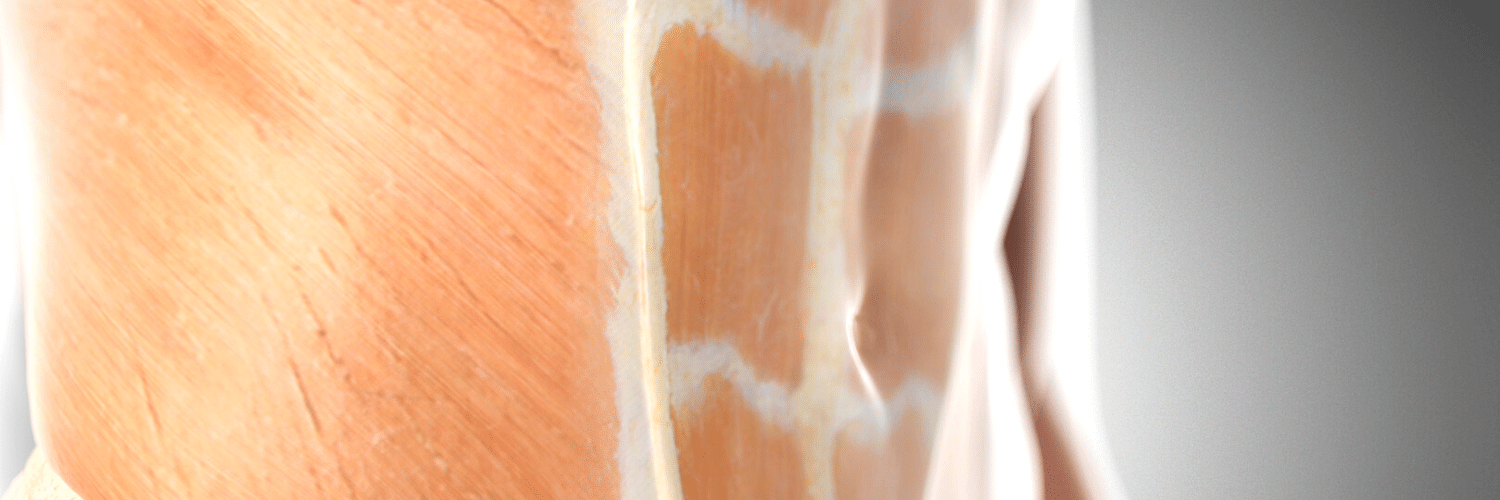
What breast reconstruction options use muscle?
Women interested in breast reconstruction after mastectomy have several reconstruction options to choose from. In Part I of this series we discussed tissue expanders, breast implants and Alloderm.
Though implant reconstruction remains the most common method of breast reconstruction in the US, many women are now steering away from this option, opting instead to use their own tissue for more “natural” results.
Muscle flaps have, until fairly recently, been the only choice available for these tissue reconstructions. The most commonly offered muscle flaps are the latissimus and TRAM flap procedures.
Latissimus Dorsi Flap:
The latissimus procedure uses muscle from the back of the shoulder blade which is brought around to the breast mound to help create a new breast. During the procedure a section of skin, fat and muscle is detached from the back and brought to the breast area.
Many patients also need a tissue expander placed under the muscle ap in order to obtain a satisfactory result. The expander is replaced by a permanent implant at a second procedure down the line. Patients will have a scar on their back shoulder region that can sometimes be seen through a tank top, swimsuit or sundress. The upper back can be numb or sore for a few following this procedure until the nerves grow back and the incisions are completely healed.
Women who are very active in sports should know that this procedure can reduce ability to participate in activities like golf, climbing, swimming, or tennis.
TRAM (Transverse Rectus Abdominis Myocutaneous) Flap:
The TRAM flap was the first procedure to describe use of one of the rectus abdominis muscles (sit-up muscles) for breast reconstruction. This procedure begins with an incision from hip to hip rather like a “tummy-tuck”.
A flap” of skin, fat and one of the patient’s abdominal muscles is typically tunneled under the skin to the chest to create a new breast. This is known as a pedicled TRAM flap. Recovery from the TRAM flap procedure can be difficult and painful and there is a risk of abdominal bulging (or “pooching”) and even hernia. Long-term, the patient has to adapt to the loss of some abdominal strength (up to 20 %) which most active patients will notice.
In cases where both breasts are being reconstructed, both abdominal muscles are sacrificed and transferred to the chest (one for each breast). The loss of abdominal strength in these situations is far greater and very significant.
Over the years and with the introduction of microsurgery, the procedure has evolved several times with each modification preserving more and more abdominal muscle. This has made postoperative recovery a little easier and has decreased the potential for abdominal complications somewhat.
The latest evolution in breast reconstruction is “perforator flap surgery”. These techniques use skin and fat from various parts of the body. Since no muscle is sacrificed recovery is much easier and muscle strength and function are preserved long-term. These techniques will be discussed in Part III of this breast reconstruction series.
Author: Dr. Minas Chrysopoulo
Muscle flaps have, until fairly recently, been the only choice available for these tissue reconstructions. The most commonly offered muscle flaps are the latissimus and TRAM flap procedures.
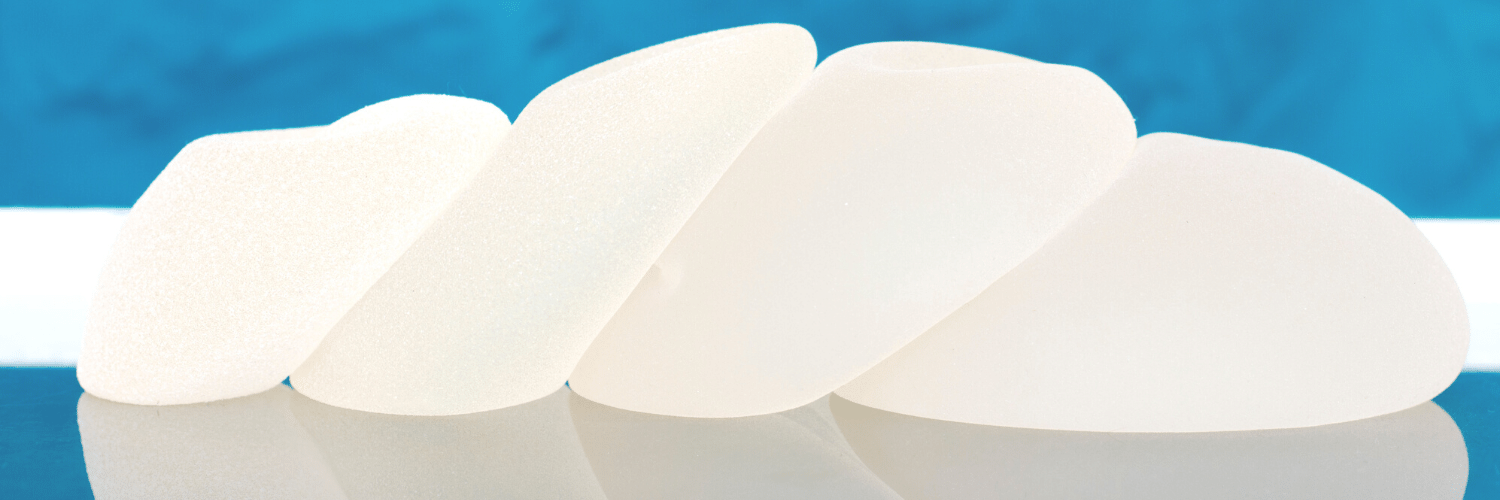
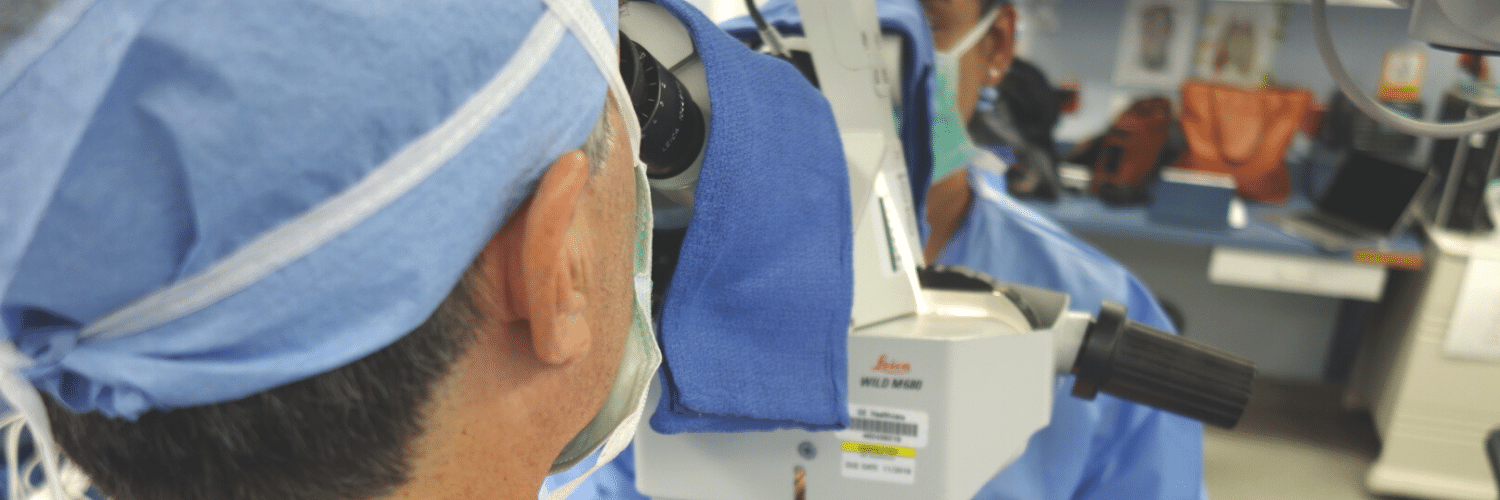
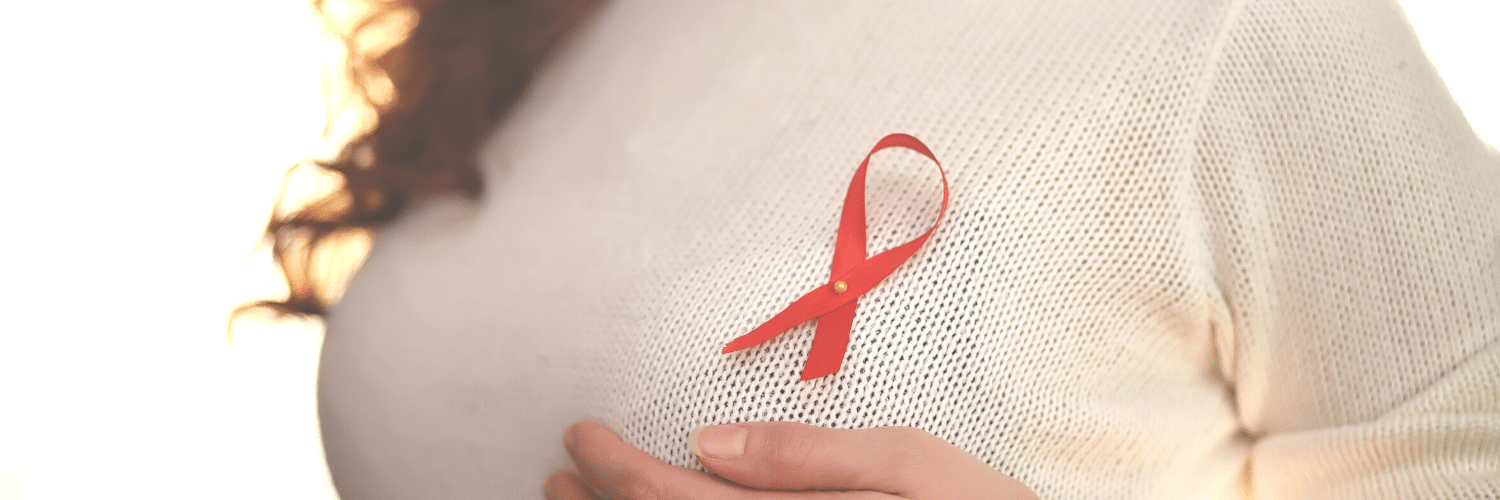
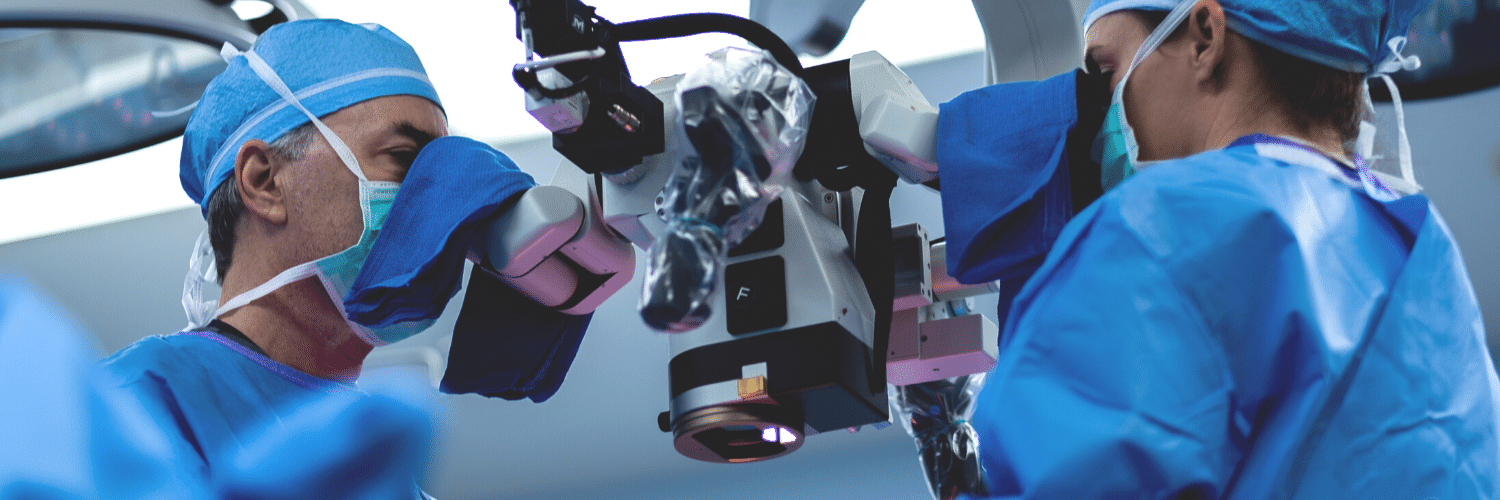




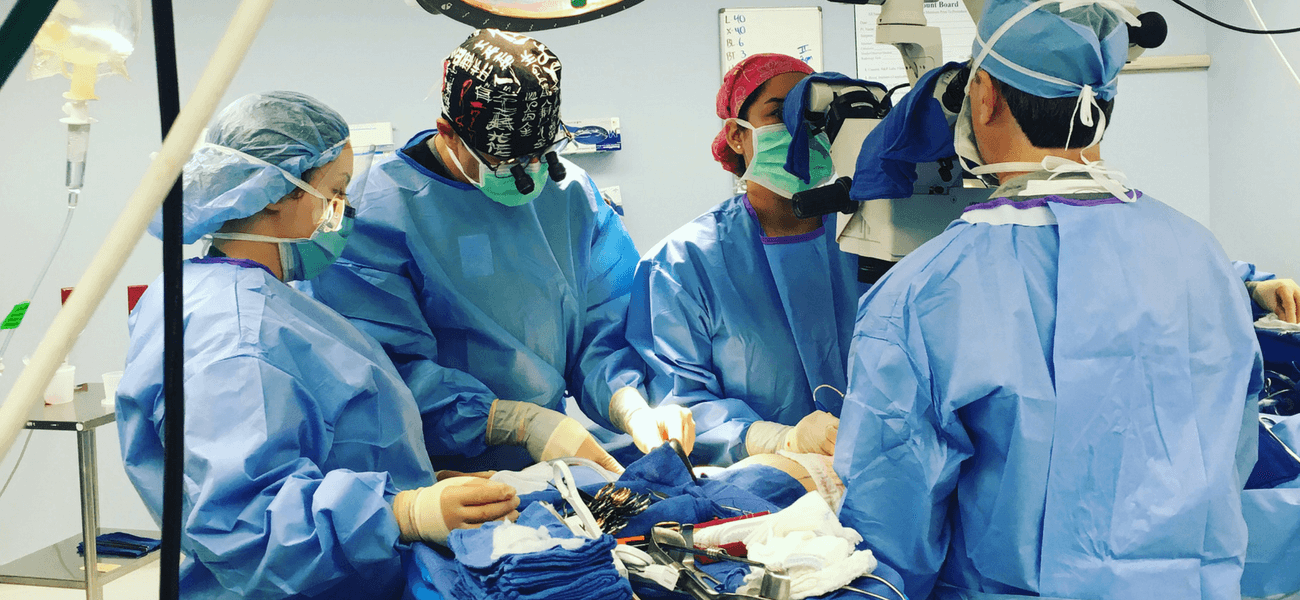
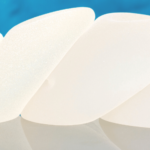

No Comments